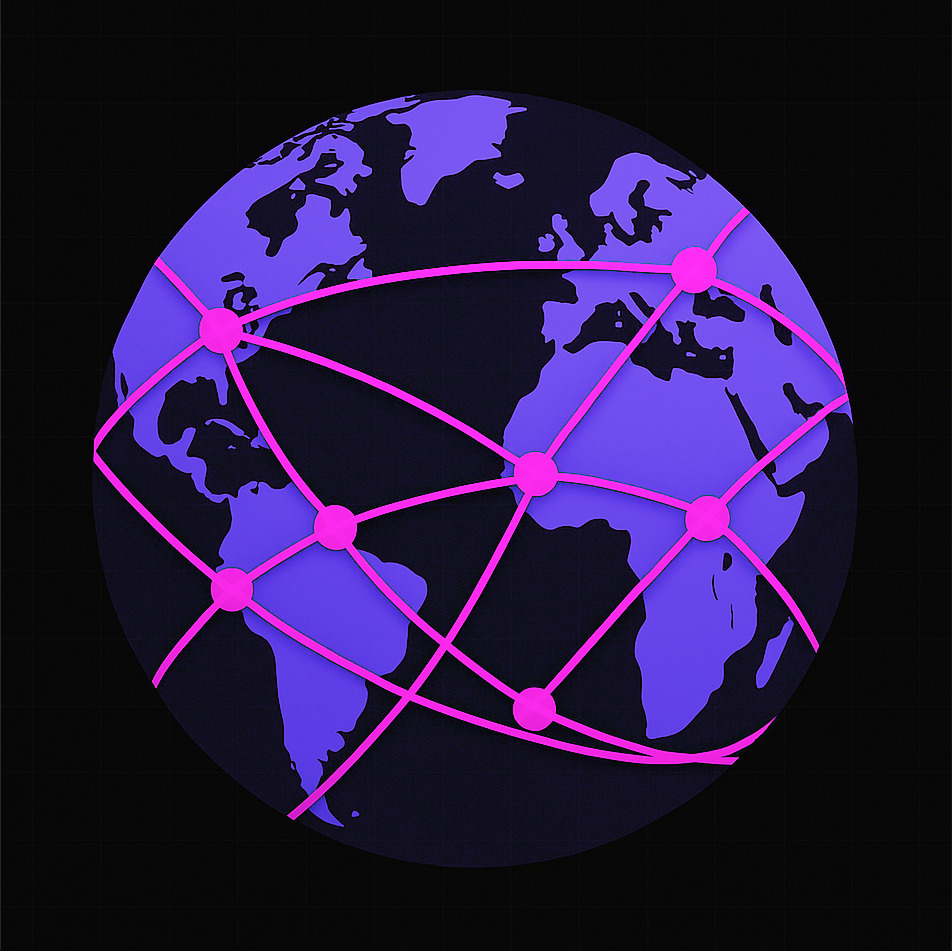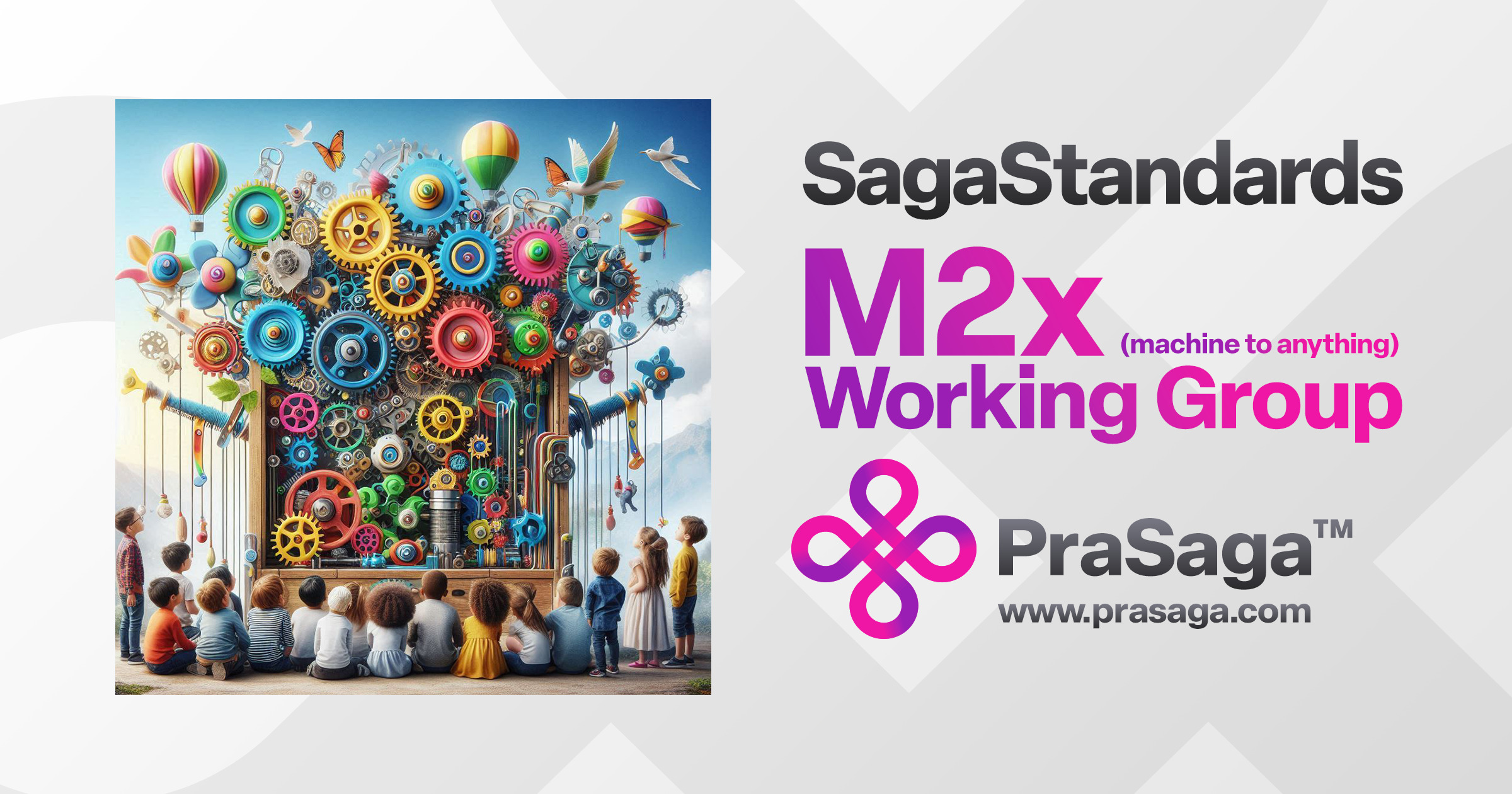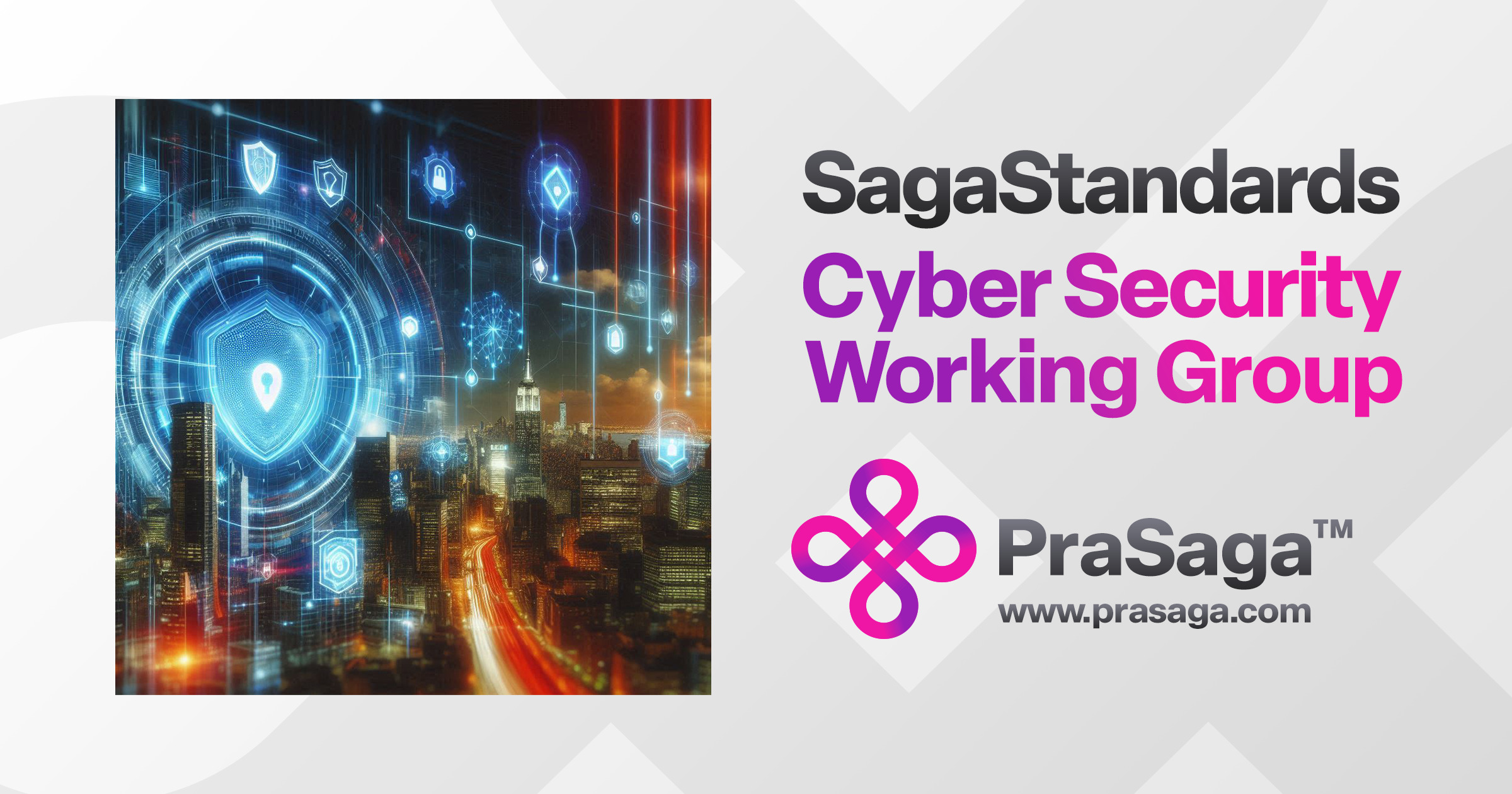Prasaga Development Public Testnet Limitations
The PraSaga™ Development Public TestNet is intended for learning, experimentation, and feedback. It includes known limitations that will be resolved in the fully operational public release of SagaChain™.

The PraSaga™ development public testnet consists of 4 shards and 4 nodes per shard running on several machines run by PraSaga™. The SagaChain™ command line tool, sccli is a general purpose tool available to submit transactions to the testnet.
The testnet enables experimentation with writing SagaPython™ transaction scripts and the SagaChain™ object state database model. In this respect SagaChain™ is a functioning blockchain. That is, SagaChain™ uses PraSaga™’s BFT (Byzantine Fault Tolerance) and POW (Proof of Work) consensus for each shard consensus block. Transactions submitted to one or more nodes are gossiped to all nodes, shard leaders execute transactions and build proposed shard consensus blocks, validators execute and verify transactions, and member nodes find POW solutions that meet the configured level of difficulty. The resulting object state database is updated by each node with the results of each received consensus block.
Limitations to the PraSaga™ Development Public TestNet
There are several limitations to the testnet that must be kept in mind. It is explicitly meant for learning about, experimenting with, developing an understanding of, and perhaps providing feedback about SagaChain™’s concepts, designs and operation. All of the limitations below shall be addressed for a fully functioning public SagaChain™ blockchain.
The following are the current limitations to the testnet that should be kept in mind:
- The testnet is not a cryptocurrency blockchain. Specifically, the testnet does not have or use a cryptocurrency coin of any kind. The testnet does not have or use a “token” of any kind. Further, nodes are not awarded any coin or token for a consensus block.
- Following on #1, the testnet does not use any sort of transaction fee or “gas unit”. There is no cost to submit a transaction to the testnet.
- All messages, including consensus blocks are not signed by the sending node at this time. There is no attempt at verification of authenticity of any protocol messaging. BFT consensus is based on voting but does not use either individual or aggregate signatures. The BFT voting is valid, but the voting nodes are not verified.
- Gas units are not used. Therefore no limitation on transaction execution time exists. This means that a transaction that has an infinite loop in it will eventually hang the shard leader nodes. For the short term, the testnet will be updated with a fixed timeout to recover from such infinite loops.
- No attempt is made to maintain the object state database for an extended period of time. The testnet will be restarted on a regular periodic basis with an empty database. Any classes, accounts or objects that users have created are not carried across testnet restarts.
- Nodes communicate over unencrypted TCP with Google Protobufs. There is no protection against masquerades at this time. Node authentication with signed messages is not currently enabled.
- SagaChain™ is under development. Transactions are logged along with a lot of trace information to help improve its operation.
- SagaPython™ is currently “bare-bones”. There is no attempt at protection from malicious code at this time. Transactions are run in individual processes inside docker containers, but not rigorous sandboxing has been applied at this time.
- A SagaPython™ transaction that causes a crash during execution is silently discarded at this time. No feedback is provided and the transaction is not added to a shard consensus block.
- SagaPython™ has a bare minimum of foundation classes currently.
PraSaga™ is building SagaChain™, the next generation of layer one blockchains. PraSaga™’s technology solution solves the limitations that plague first-generation Layer One blockchains.
SagaChain™ successfully addresses true scalability, stable transaction fees, sustainability for business applications, such as supply chains, and significantly lowers development costs. This is the next evolution of blockchain architecture, a Layer One blockchain that achieves the promise that all blockchains have aspired to. One that provides a consistently high level of resistance against attacks, rewards its ecosystem of contributors and most importantly, the only blockchain that scales in capacity and throughput as more resources are added to the network.
Stay tuned for updates as we embark on this exciting journey together!
Follow PraSaga™ on social media and subscribe to our upcoming newsletter to be at the forefront of the next era of blockchain innovation.
More
-

Open Standard, Class Tree Implementation
PraSaga™ Foundation Announces SagaChain™’s First Open Standard Class Tree Implementation.
-

M2x SagaStandards™ Working Group (M2xSWG)
Introducing SagaStandards™, PraSaga Foundation’s International Open Standards Development Organization.
-

Cybersecurity SagaStandards™ Working Group (CSSWG)
Introducing SagaStandards™, PraSaga Foundation’s International Open Standards Development Organization.
-

DAO SagaStandards™ Working Group (DAOSWG)
Introducing SagaStandards™, PraSaga Foundation’s International Open Standards Development Organization.

